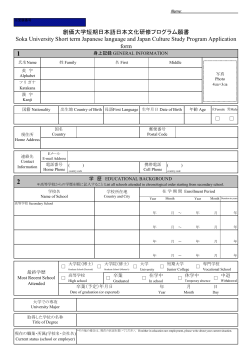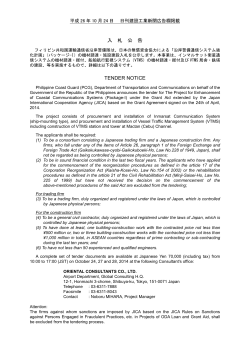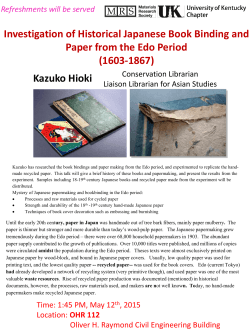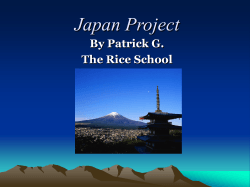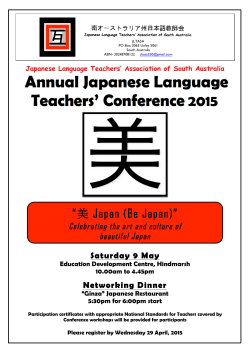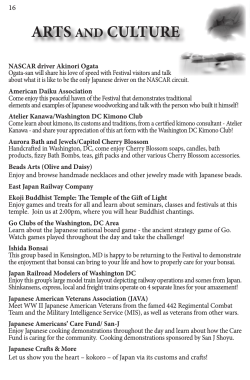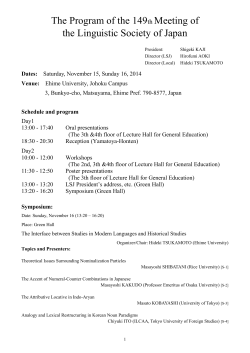
Ancient Japan
Ancient Japan Presentation created by Robert L. Martinez Primary Content Source: Prentice Hall World History Images as cited. Japan is located on an archipelago (chain of islands), about 100 miles off the Asian mainland and east of the Korean peninsula. en.wikipedia.org Approximately 80 percent of Japan is too mountainous to farm. As a result, most people settled in narrow river valleys and along the coastal plains. perceptivetravel.com A mild climate and sufficient rainfall helped Japanese farmers make the most of the limited arable land. As in ancient Greece, the mountainous terrain was an obstacle to unity. heritageofjapan.wordpress.com The surrounding seas have both protected and isolated Japan. It was close enough to the mainland to learn from Korea and China, but too far away for the Chinese to conquest. globalsherpa.org This permitted Japan greater freedom to accept or reject Chinese influences. At times, the Japanese sealed themselves off from foreign influences, choosing to go their own route. adventurefinder.com The seas that helped Japan preserve its identity also served as trade routes. The Inland Sea was an especially important link among various Japan islands. thehaikuguru.com The seas also offered plentiful food resources. The Japanese, like the Koreans, developed a thriving fishing industry. glendalecommunitycollege.wordpress.com Japan lies in a Pacific region known as the Ring of Fire, which also includes the Philippines, Indonesia, and parts of Australia and South America. This region is subject to frequent earthquakes and volcanoes. enchantedlearning.com Underwater earthquakes can launch killer tidal waves, called tsunamis, that sweep over the land without warning, wiping out everything in their path. guardian.co.uk weatherwizkids.com The Japanese came to fear and respect the dramatic forces of nature. Today, as in the past, soaring Mount Fuji, with its snowcapped volcanic center, is a sacred symbol of the beauty and majesty of nature. bestplacevacation.com The people we know today as the Japanese probably migrated from the Asian mainland more than 2,000 years ago. They slowly pushed the earlier inhabitants, the Ainu, onto the northernmost island of Hokkaido. en.wikipedia.org Early Japanese society was divided into uji, or clans. Each uji had its own chief and a special god or goddess who was seen as the clan’s original ancestor. Some clan leaders were women, suggesting that women enjoyed a respected position in society. darumapilgrim.blogspot.com By about 500 C.E., the Yamato clan came to dominate a corner of Honshu, the largest Japanese government. The Yamato set up Japan’s first and only dynasty. veryasian.weebly.com The Yamato claimed direct descent from the sun goddess, Amaterasu, and chose the rising sun as their symbol. Later Japanese emperors were revered as living gods. en.wikipedia.org Early Japanese clans honored kami, or nature spirits. This worship of the forces of nature became known as Shinto, meaning “the way of the gods.” Shinto never evolved into an international religion like Christianity, Buddhism, or Islam. theology101.org Hundreds of Shinto shrines dot the Japanese countryside. Shinto shrines are dedicated to special sites or objects such as mountains or waterfalls, ancient gnarled trees, or even oddly shaped rocks. asianpictures.org Japanese and Korean warriors crossed the sea in both directions to attack each other’s strongholds. orientaloutpost.com By about 500 C.E., missionaries from Korea had introduced Buddhism to Japan. With it came knowledge of Chinese writing and culture. This opening sparked a sudden surge of Japanese interest in Chinese civilization. famouswonders.com In the early 600s, Prince Shotoku of the Yamato clan decided to learn more about China. He sent young nobles to study in China. Over the next 200 years, many Japanese students, monks, traders, and officials visited the Tang court. xtimeline.com Borrowing from China, Japanese rulers adopted the title “Heavenly Emperor” and claimed absolute power. They strengthened the central government, set up a bureaucracy, and adopted a law code similar to that of China. ssprojecttinucci.tripod.com As Buddhism spread, the Japanese adopted pagoda architecture. Buddhist monasteries grew rich and powerful. photopassjapan.com Confucian ideas and ethics took root from China. They included the emphasis on filial piety, the relationship between superior and inferior, and respect for learning. pathsofdevotion.com Eventually, the initial enthusiasm for everything Chinese died down. The Japanese kept some Chinese ways but discarded or modified others. melrosemirror.media.mit.edu
© Copyright 2025
